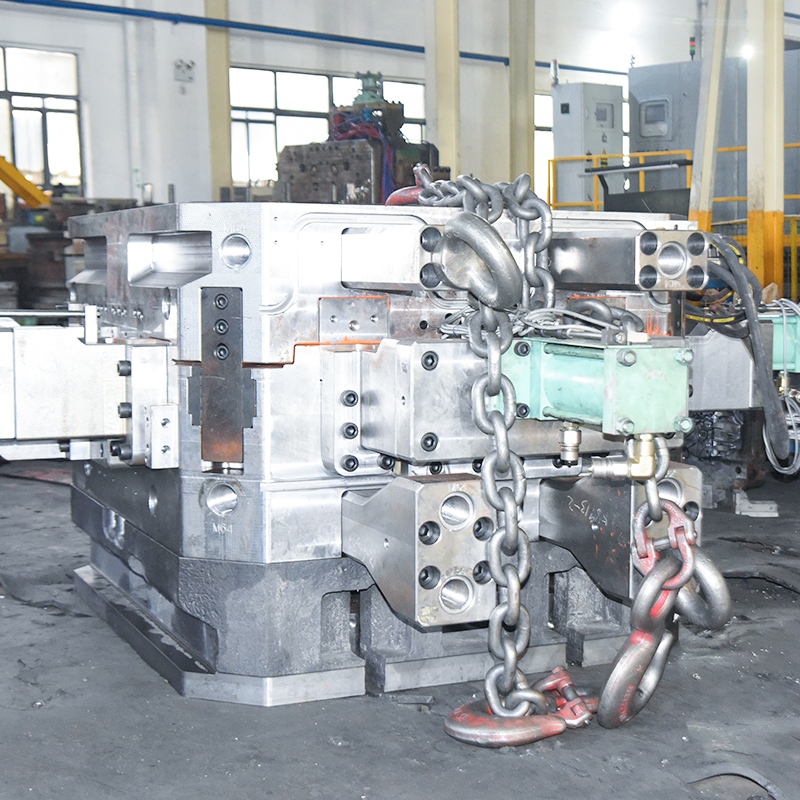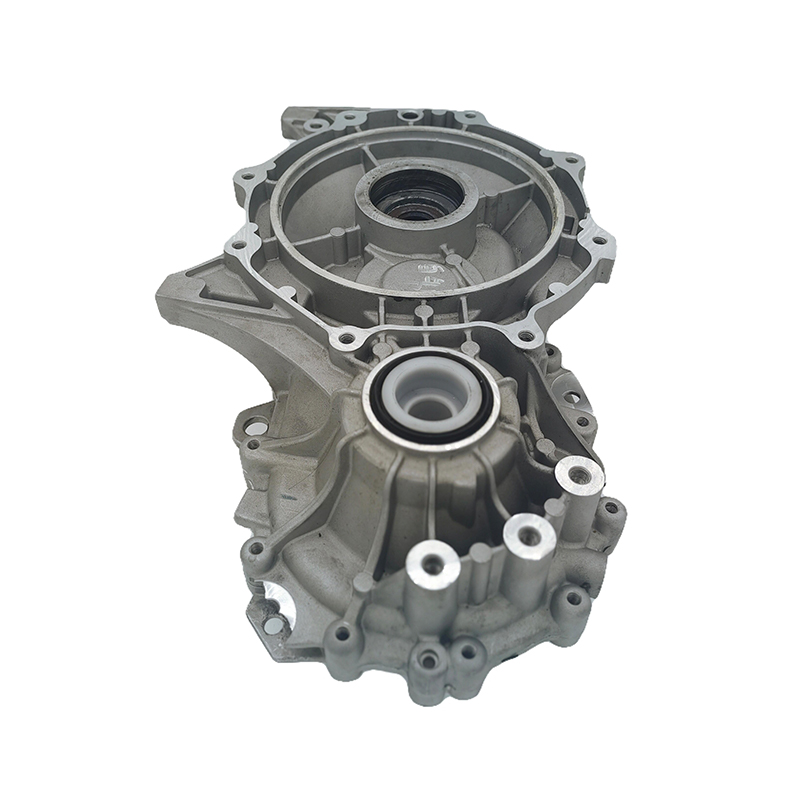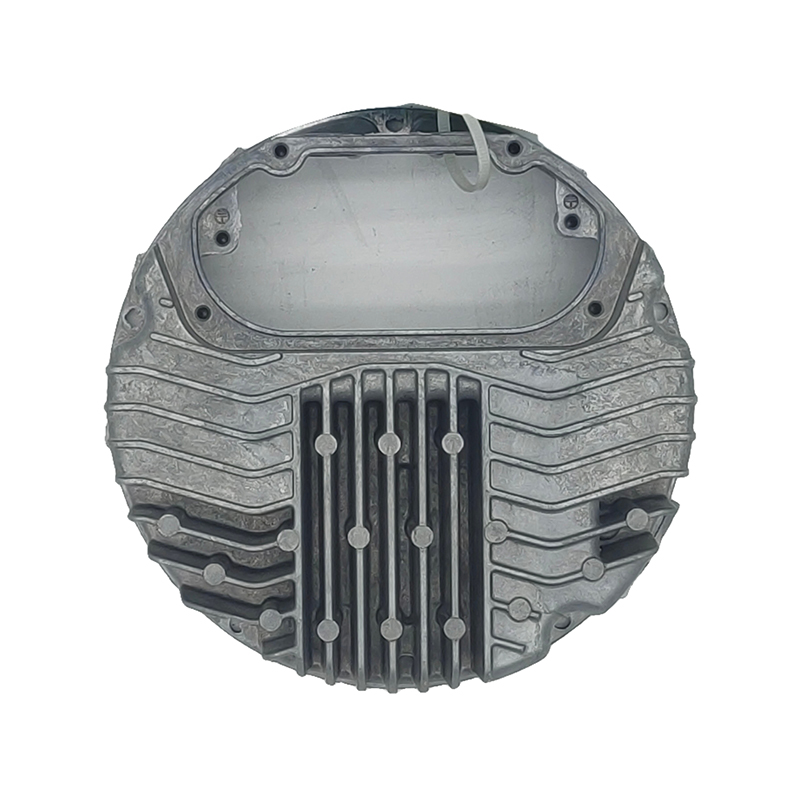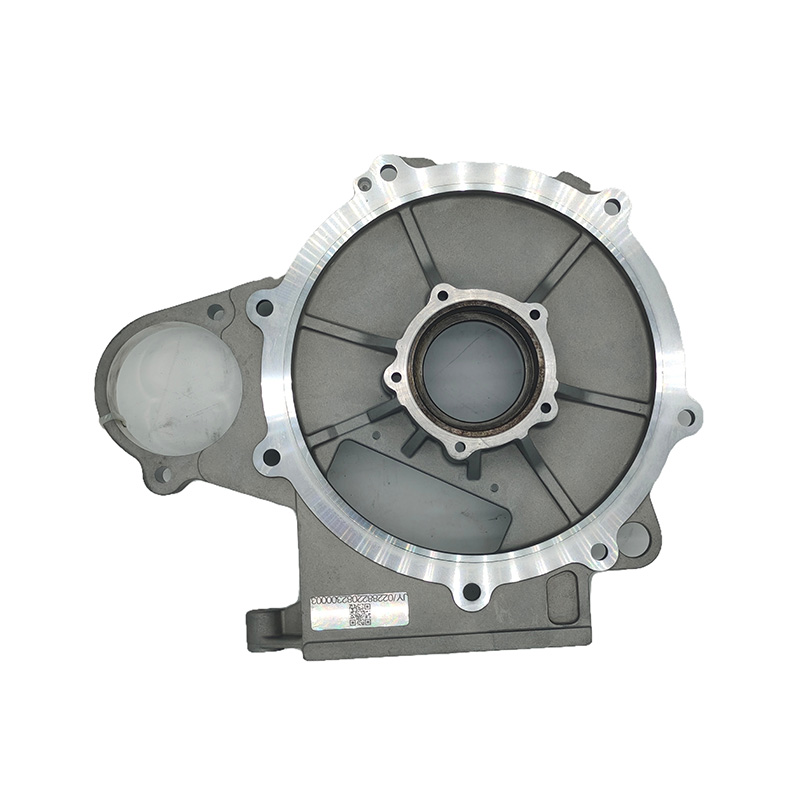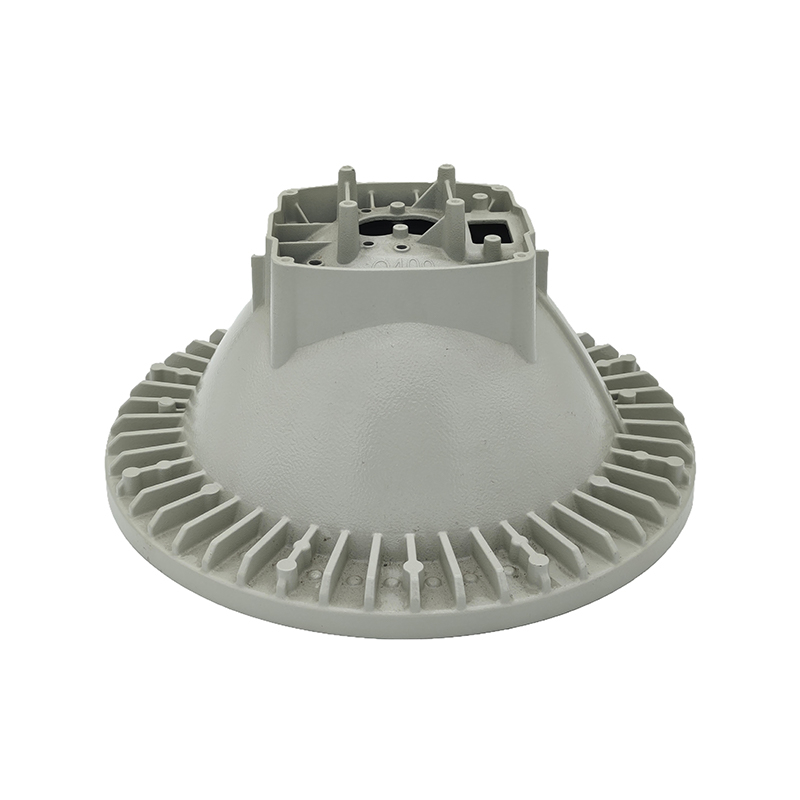1. Ability to Produce Complex Geometric Shapes
Automotive parts often require complex geometries, especially in components like engines, transmissions, and suspensions. High-precision die casting can create extremely complex and detailed shapes that are difficult to achieve using traditional casting or machining. Using high-precision die casting, automakers can produce parts with thin walls, complex internal channels, and tiny pores. This process allows complex shapes to be cast in a single mold, eliminating multiple steps and component assembly. For example, the complex internal structures of engine blocks and cylinder heads can be achieved using high-precision die casting.
2. Improved Material Performance
Materials such as aluminum alloys, zinc alloys, and magnesium alloys used in high-precision die casting are not only lightweight but also offer excellent strength and durability. The automotive industry typically requires high strength, corrosion resistance, and good thermal conductivity. For example, aluminum alloys are widely used in engine components and transmission systems, where these components require not only high strength but also high-temperature resistance and vibration resistance. Precision die-casting optimizes the grain structure of aluminum alloys, enhancing the material's mechanical properties and ensuring long-term, stable operation of components under high loads.
3. Fine Surface Finishing and Details
High-precision die-casting achieves exceptionally fine surface finishes, resulting in components with a high surface finish that often eliminates the need for secondary machining. This is particularly important for automotive parts, as automobiles have stringent requirements for appearance, smoothness, and dimensional accuracy. The smooth surface of precision-cast parts effectively reduces subsequent polishing and grinding processes, saving costs. For example, exterior body parts and hood panels require mirror-like surfaces, and die-casting can meet this requirement.
4. Efficient and Low-Cost Production
High-precision die-casting not only enables large-scale production of parts, but also significantly improves production efficiency due to its high-speed, automated production capabilities. From a single mold, thousands of parts can be produced in a short period of time, a crucial advantage for automakers. Compared to traditional machining or welding processes, the die-casting process significantly reduces production time and labor costs. Especially in large-scale production, the molds offer a long service life, and the tolerances during production are minimal, ensuring consistent quality. This reduces material waste during the production process and improves material utilization.
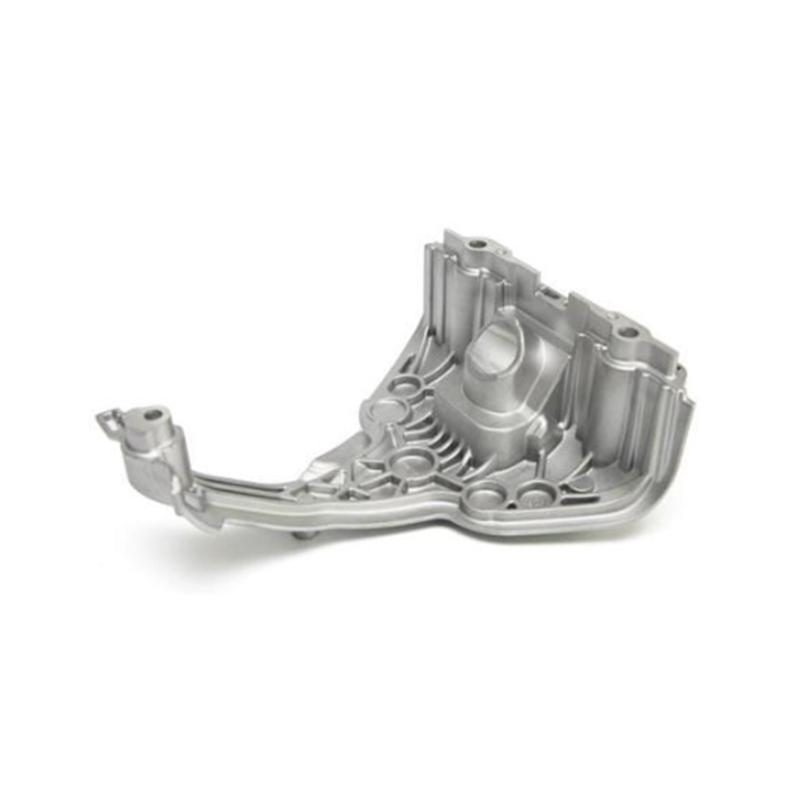
5. Superior Mechanical Properties
High-precision die-castings offer significant advantages in strength, toughness, and fatigue resistance, making them crucial for automotive components subject to high loads and pressures. For example, components such as suspension systems, braking systems, and powertrains often withstand significant impact and pressure, requiring excellent tensile strength, impact strength, and fatigue resistance. High-precision die-casting ensures sufficient strength and durability, while its material uniformity and stability contribute to overall component quality and safety.
6. Lightweighting and Fuel Efficiency
In modern automotive design, lightweighting is key to improving fuel efficiency and reducing carbon emissions. Traditional steel is gradually being replaced by lightweight metals such as aluminum alloys and magnesium alloys, which offer both lightness and high strength. Using high-precision die-casting, aluminum alloys are widely used in automotive components such as engines, transmissions, and bodywork, significantly reducing overall vehicle weight and improving fuel efficiency and performance. For example, engine blocks and cylinder heads manufactured using aluminum alloy die-casting not only reduce weight but also improve thermal management and overall fuel efficiency.
7. Shortened Manufacturing Cycle
High-precision die-casting significantly shortens production cycles compared to traditional casting or machining methods. Because the die-casting process is fast and highly automated, the parts produced rarely require subsequent complex machining, saving significant time. For example, multiple steps, such as molding and surface treatment, can be completed in a single casting, significantly reducing processing time. This is crucial for large-scale part production in the automotive industry, where die-casting offers significant advantages, especially in situations requiring rapid response to market demand and production cycles.
8. Sustainability and Environmental Protection
High-precision die-casting is not only efficient and cost-effective, but also environmentally friendly. Materials like aluminum alloys have high recycling value, and the metal used in the die-casting process can be recycled, reducing resource waste. Compared to traditional casting and other manufacturing processes, die-casting demonstrates superior sustainability in terms of energy consumption, material waste, and pollution emissions. Consequently, an increasing number of automakers are choosing high-precision die-casting in their production processes to support their sustainability goals.
9. Applications in Electric Vehicles (EVs)
With the rise of electric vehicles (EVs), the application of high-precision die-casting technology in this sector is becoming increasingly important. EVs require numerous lightweight, high-strength components to improve battery efficiency, range, and vehicle performance. High-precision die-casting enables manufacturers to produce lighter, stronger components such as battery housings, drive motor housings, frames, and structural components. In battery pack design, aluminum alloy die-casting not only provides strength but also optimizes thermal management, ensuring battery stability under high temperatures and high loads. The lightweighting of these components contributes to improved overall energy efficiency and driving performance in EVs.
10. Future Trend: Integration with Additive Manufacturing
With technological advancements, the trend toward combining high-precision die-casting with additive manufacturing (3D printing) is emerging. This "hybrid manufacturing" approach utilizes additive manufacturing to achieve more complex geometries, and then uses high-precision die-casting to further optimize part strength and precision. This combination promises greater flexibility in component design and production, reducing the use of traditional molds and shortening design and production cycles. The integration of additive manufacturing and high-precision die-casting will elevate the functionality, performance, and appearance of automotive components to new heights.

 English
English Español
Español Deutsch
Deutsch русский
русский